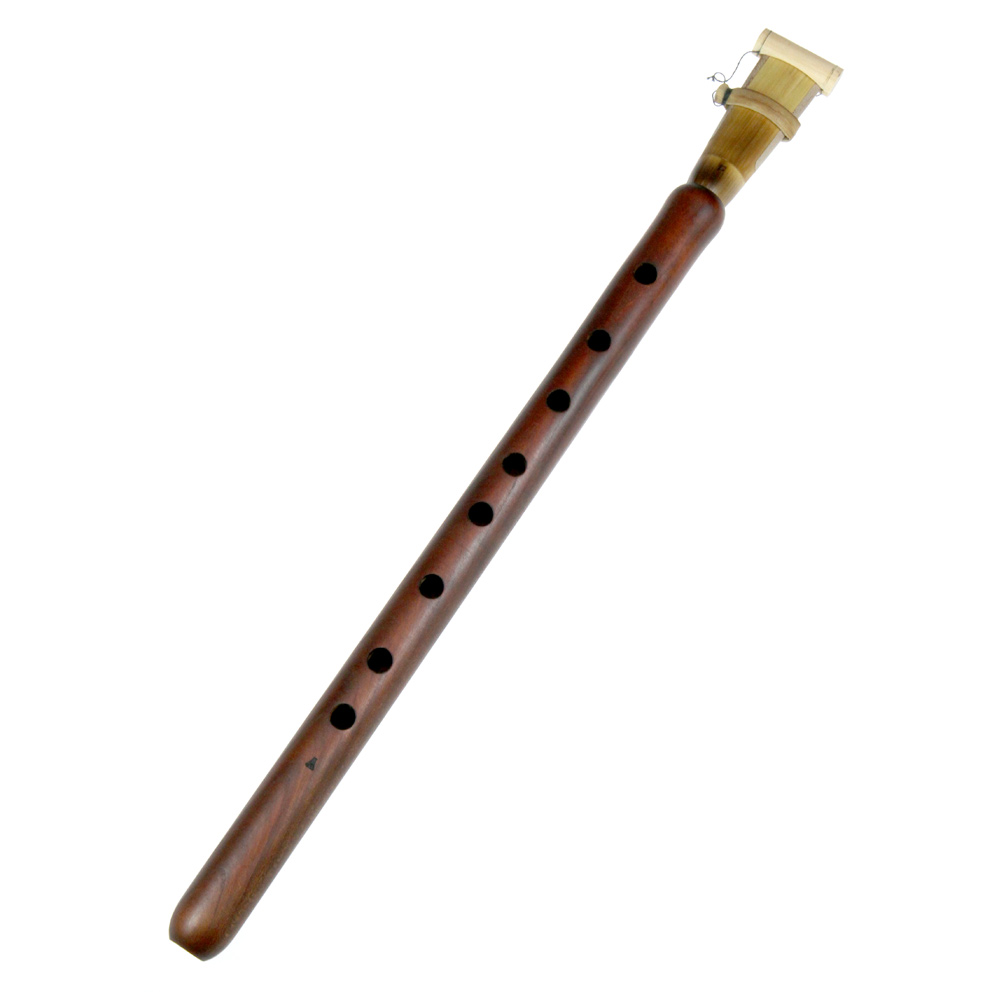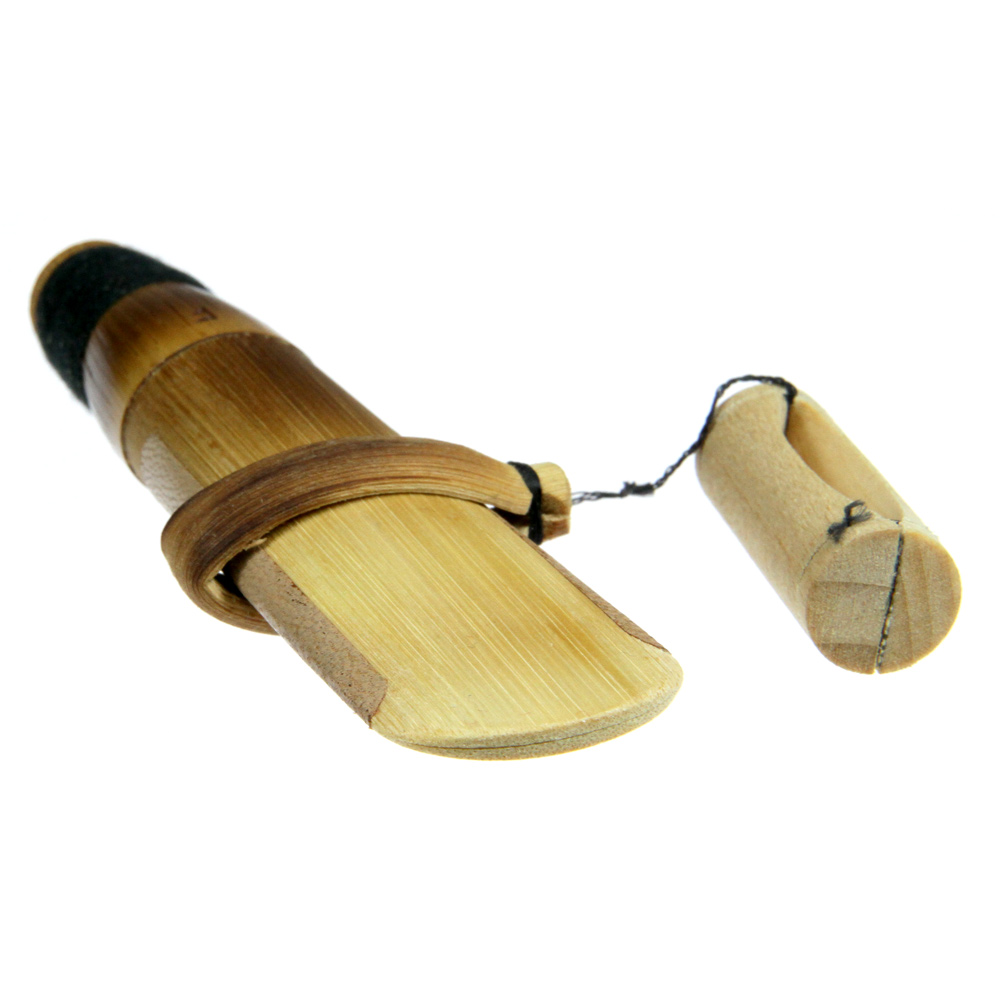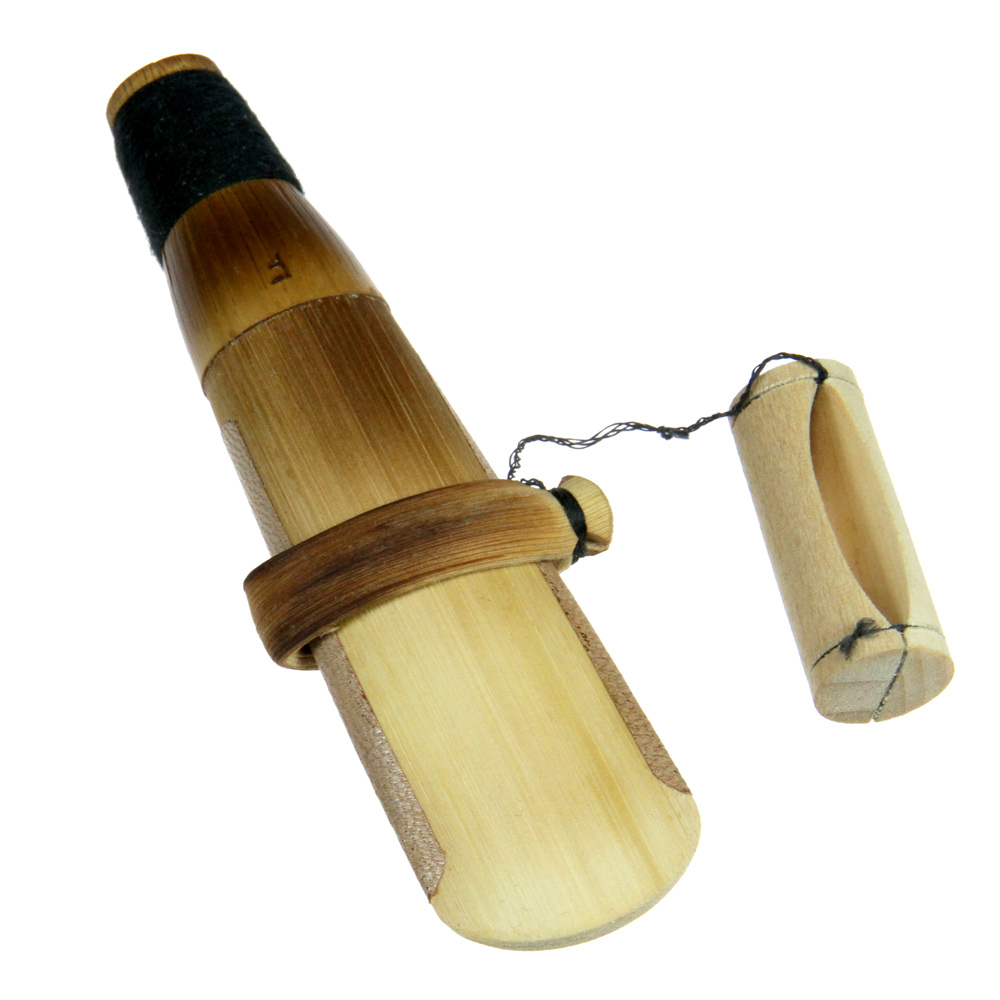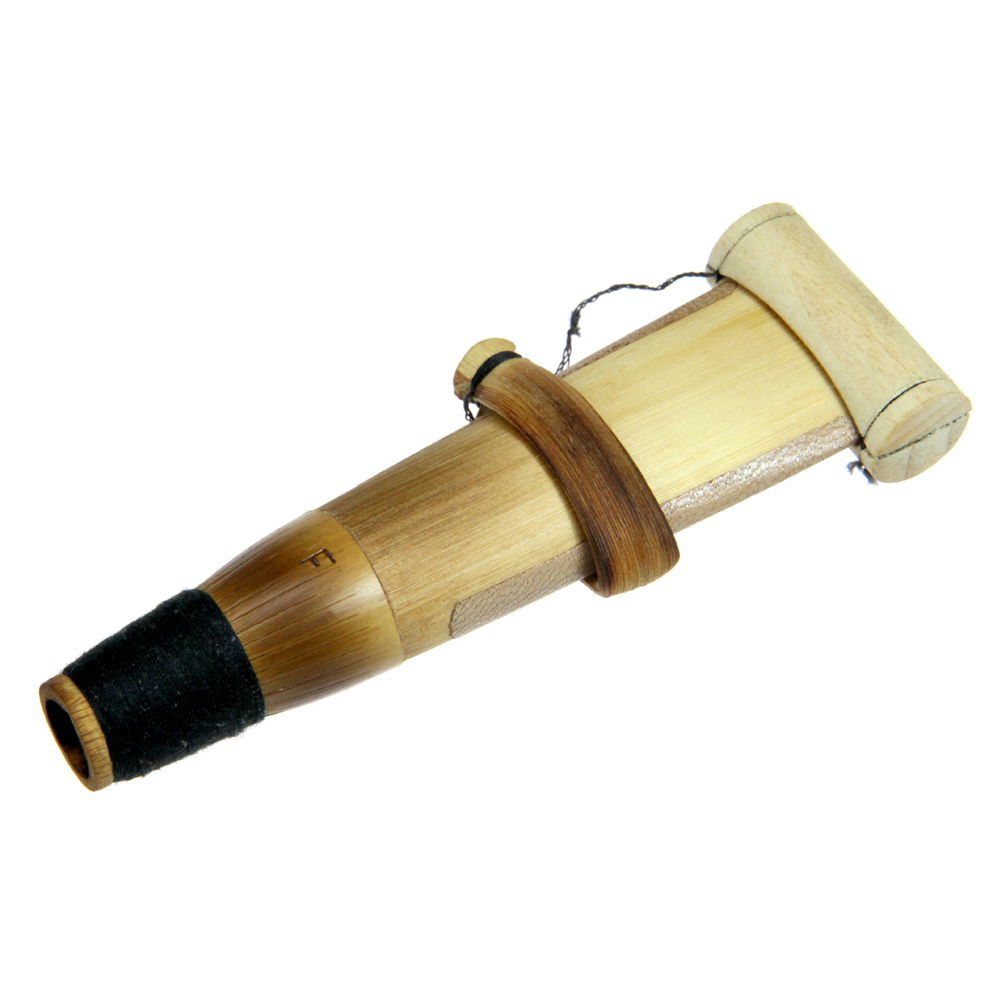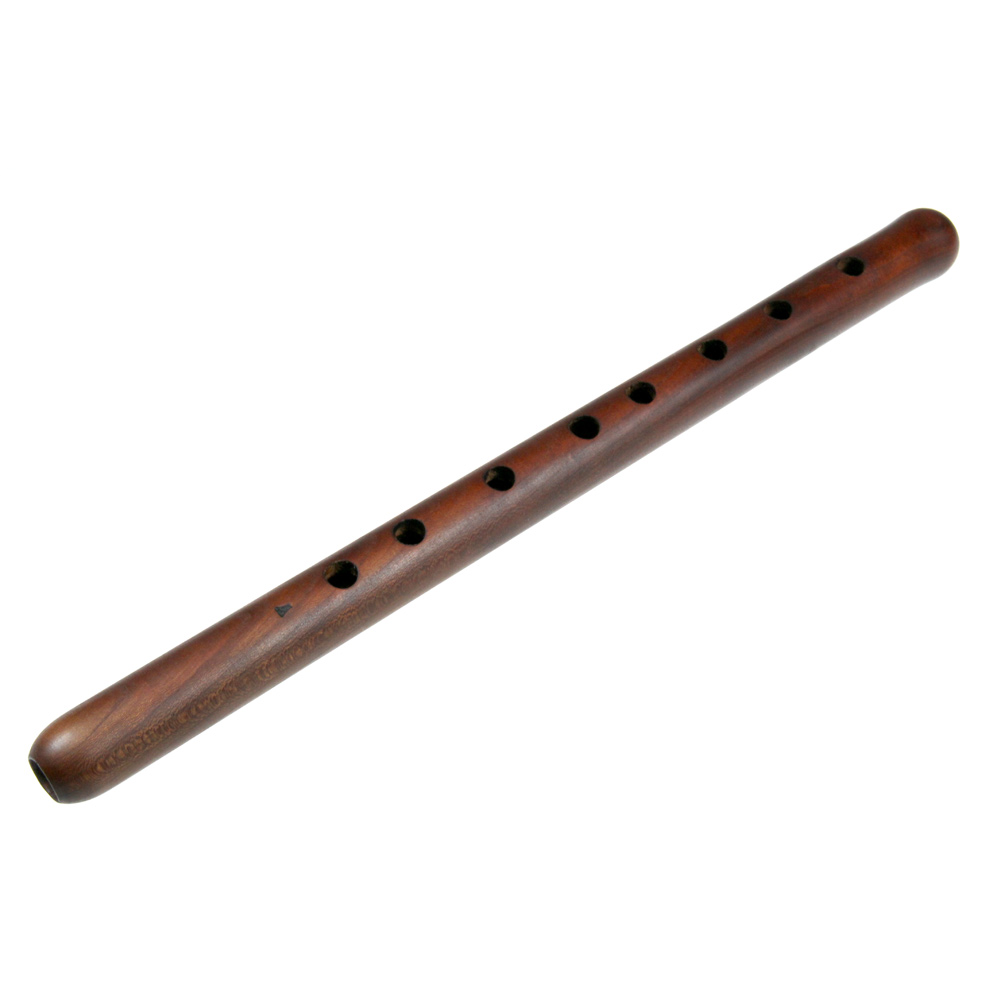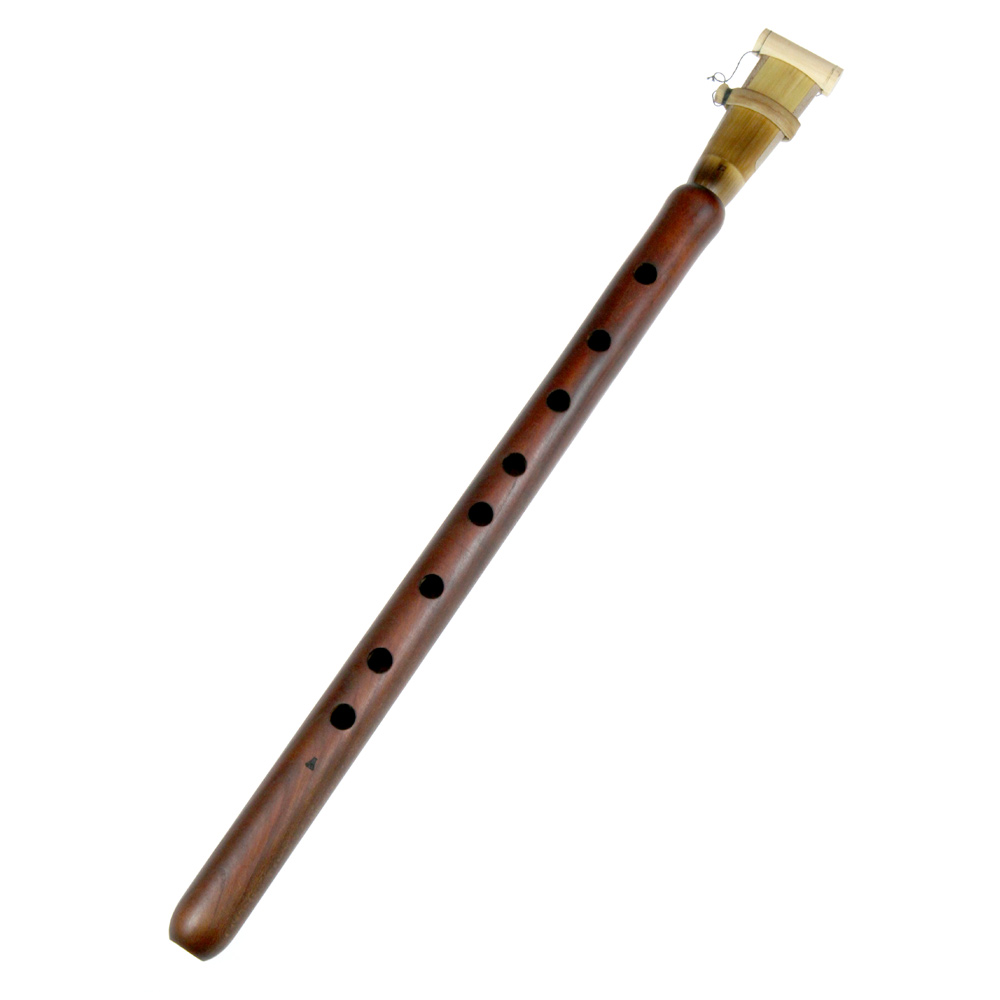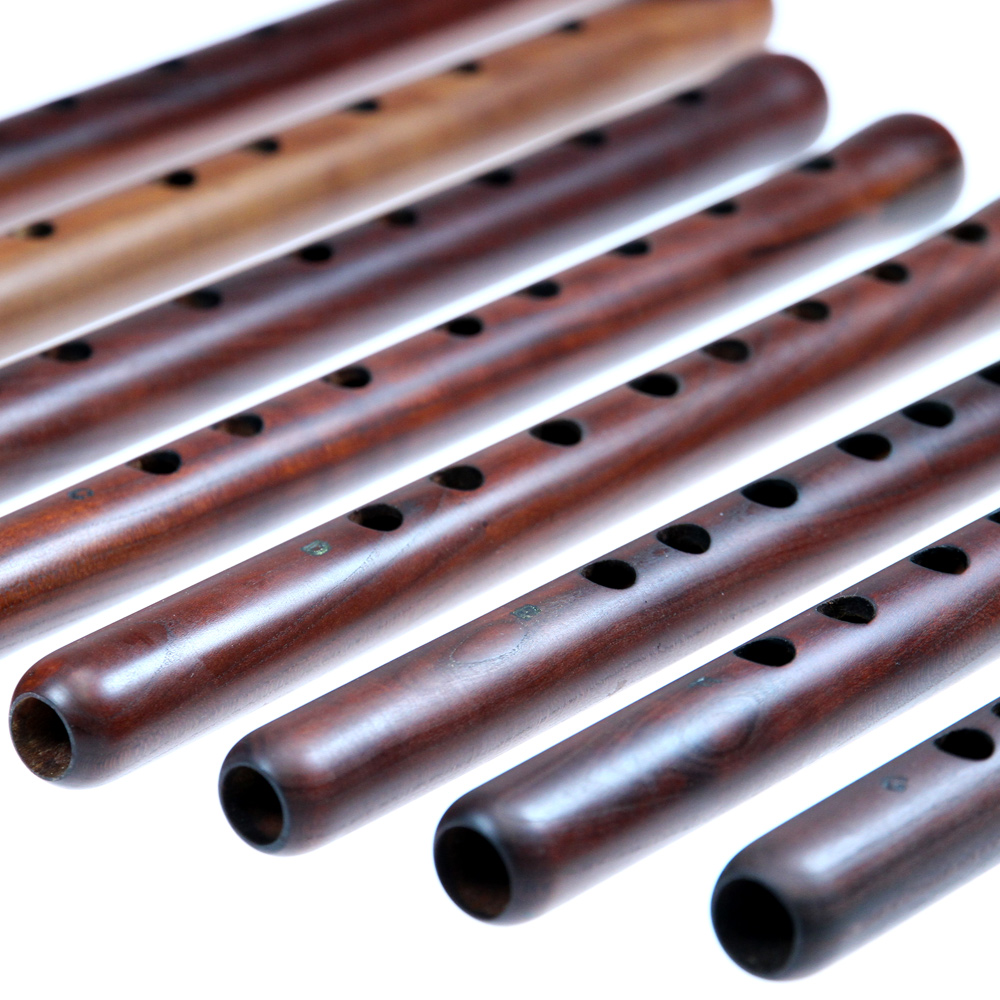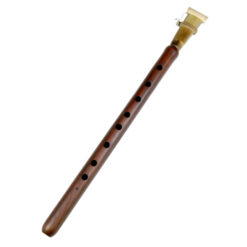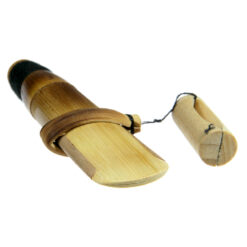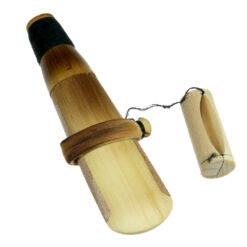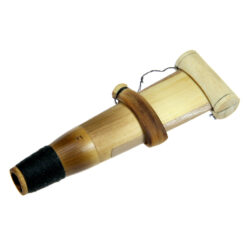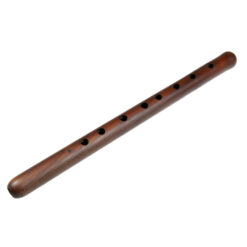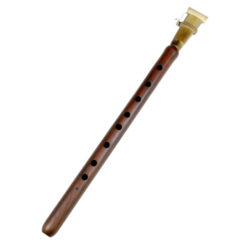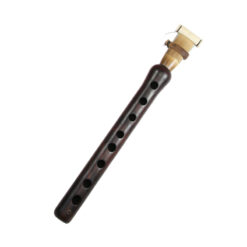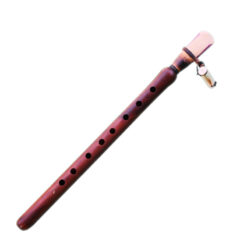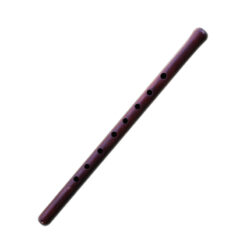Duduk in key of A with Reed
$250.00 Original price was: $250.00.$150.00Current price is: $150.00.
Duduk in key of A for professional performance and stage musician.
3 in stock
Looking to purchase a professional Duduk Tenor A with Ghamish Reed? Our Duduk is meticulously hand-crafted using the best resonating apricot wood, which has been well-dried for at least 10 years. Immerse yourself in the world of music with the unique and soulful sound of the Duduk Tenor A.
This exceptional instrument is tuned to the perfect pitch of A 440 Hz, which is the preferred pitch of Armenian composers and makes it a popular choice among professionals and enthusiasts. Every detail of the Duduk Tenor A speaks of its exceptional craftsmanship, ensuring optimal resonance and a rich sound. Plus, a soft case is included in the package to keep your Duduk Tenor A safe and stylish.
Related products
Duduk
